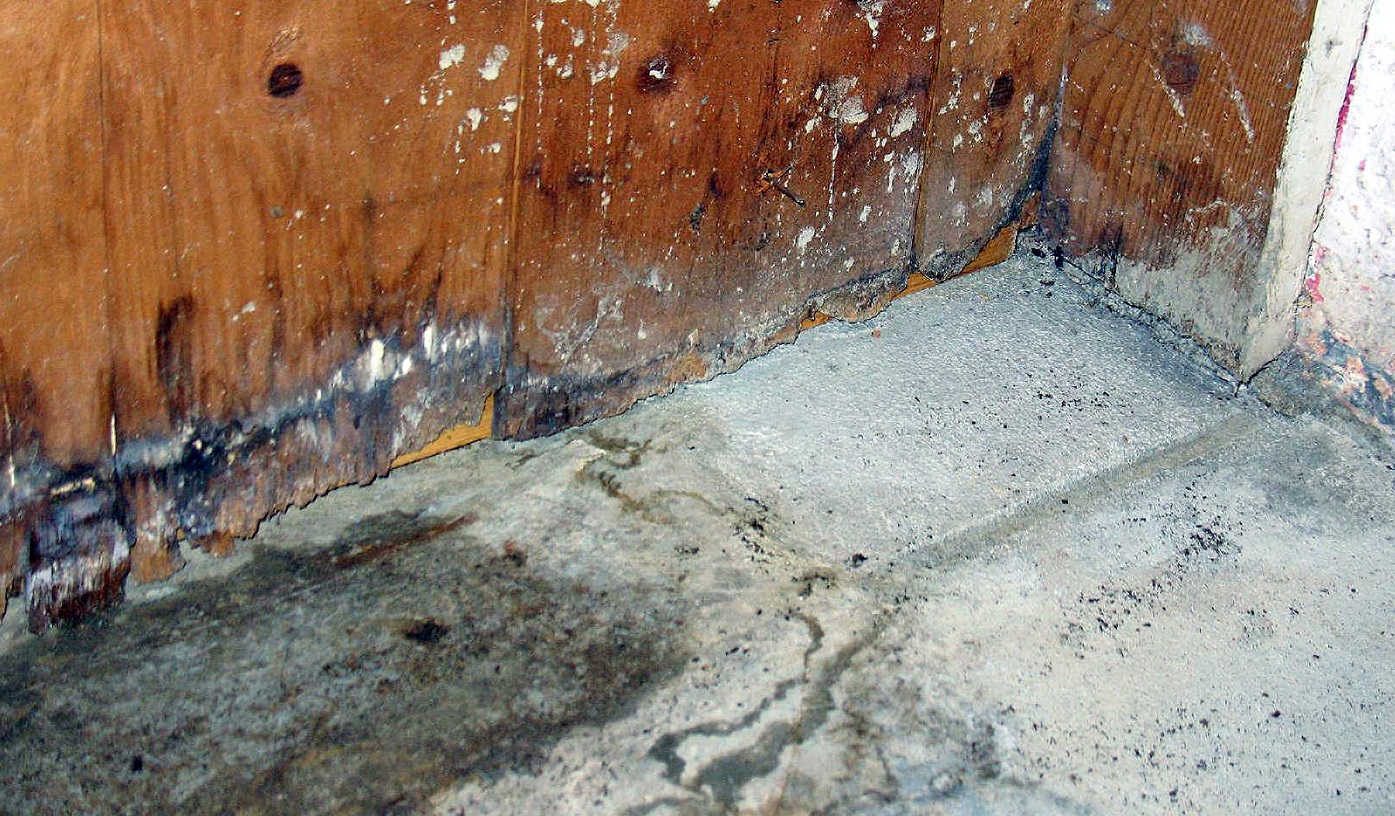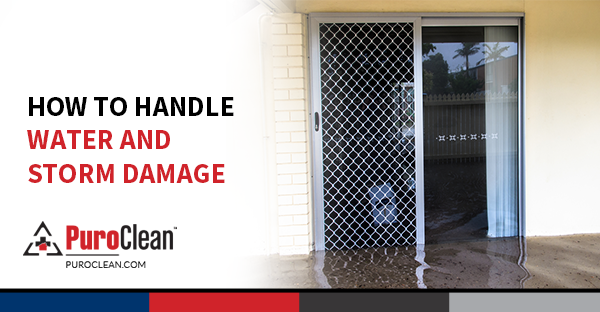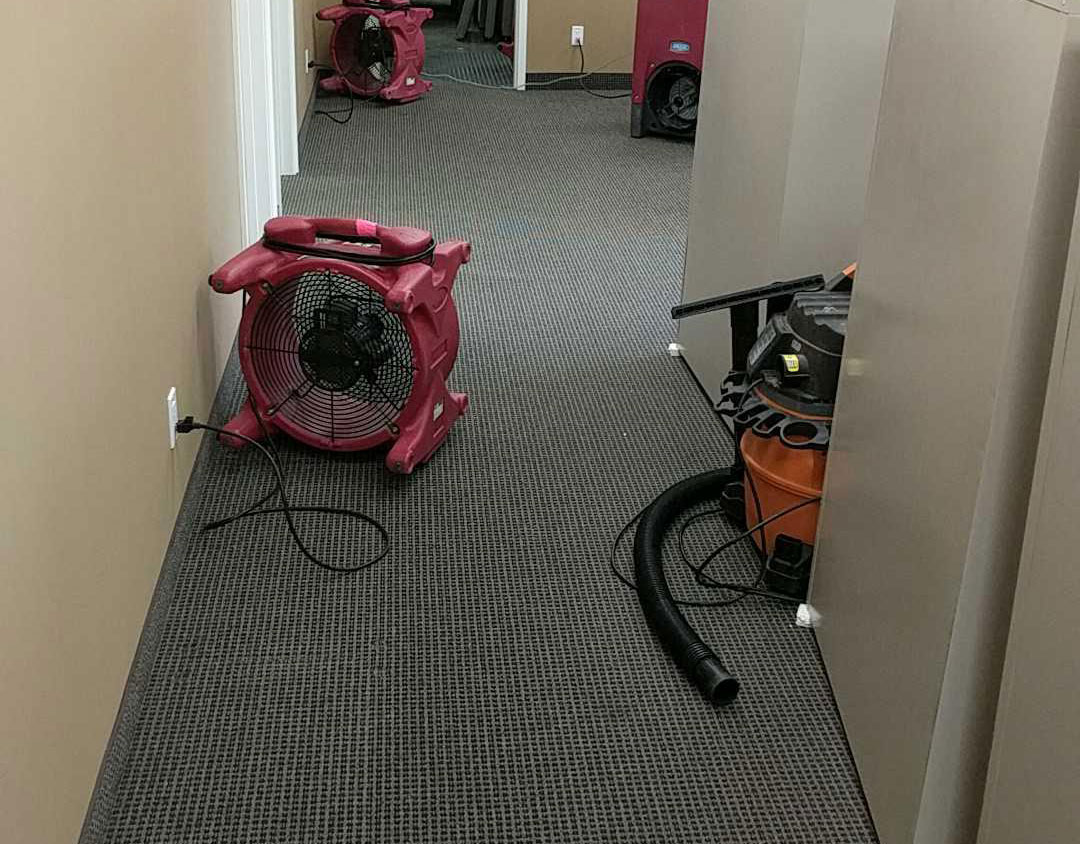Flood situations are never something to mess around with. They often require professional restoration services. The biggest concern is drying everything as quickly as possible to restore the property to pre flood conditions. Concrete is often challenging to dry because it has unique properties in flood conditions.
Often, once the walls contents of the room are dried, often people believe that the concrete is also dry. People then proceed to restore their room and add new flooring. Not too soon after, they start to have problems with the new flooring and claim it is defective. The real problem is most likely that the concrete was not completely dried when they laid the new flooring down.
The dew point is often the issue. Dew point is the temperature at which water vapor in the air begins to condense into water or “dew”. As the air cools, its ability to hold moisture is reduced. If it continues to cool, eventually the air becomes saturated with moisture and then condenses into water droplets. Normally, a concrete floor is significantly cooler than the rest of the room. Condensation will therefore occur at the surface of the concrete long before it happens elsewhere in the room. Such condensation may form on the concrete even if the rest of the room, walls, and contents have dried to their normal condition. Unfortunately, many contractors who are not restoration professionals are unaware of the dew point issue. They will lay down new flooring and the customer will run into problems later down the road.
An issue you can run into with damp concrete is that water-based adhesives will not cure properly. As water-based adhesives have become more popular, this has become a bigger issue when dealing with restoration. As moisture evaporates from the concrete, the water-based adhesive absorbs it. When the adhesive absorbs more moisture it cannot stick to the floor properly. Since the adhesive fails to become fixed, it will soften and move. A sign this has happened are bubbles or blisters in certain flooring materials. When tile is applied, the adhesive may ooze or leak out along the edges of the joints or seams. People may believe that the flooring material is defective, but the real problem is that the concrete has not been dried properly. When water-based adhesives are used under the right conditions, they are extremely effective.
If you have experienced water damage to concrete in your home, it is extremely important to contact restoration professionals such as PuroClean. We have the right tools to dry your homes concrete correctly. We can use a humidity chamber or humidity box, which are both very effective. These are either manufactured boxes or bubbles of plastic taped to the floor. The chamber traps the moisture released from the concrete, eventually reaching equilibrium. The Contractor carefully inserts a thermo-hygrometer into the chamber and measures the equilibrium humidity. Because concrete is hydrophilic (water-loving) this equilibrium humidity can often be in the upper 60’s. Any reading below 72% is sufficient to install carpet or tile flooring. Wood floors should have readings below 70%. If your floor still needs more drying, that is not a problem for PuroClean. The next best thing to dry concrete is air flow. We may use a dehumidifier to help.
Regardless of the circumstances dealing with water damage, fire/smoke damage, or mold remediation call your local PuroClean office, the Paramedics of Property Damage. We will help to minimize loss to prevent further damage and will then provide restoration services to return the property to a pre-loss condition as quickly as possible. All PuroClean offices have well-trained professional technicians who provide the latest state-of-the-science services to all property damaged from water, fire, smoke, mold, and other disasters.
*Please note that each of the respective trades associated with installing floor coverings have established installation standards. All of those standards require the installer to determine that the subfloor (regardless of type) is in a satisfactory condition to allow proper installation of any floor covering.




 PuroClean of Alexandria
PuroClean of Alexandria